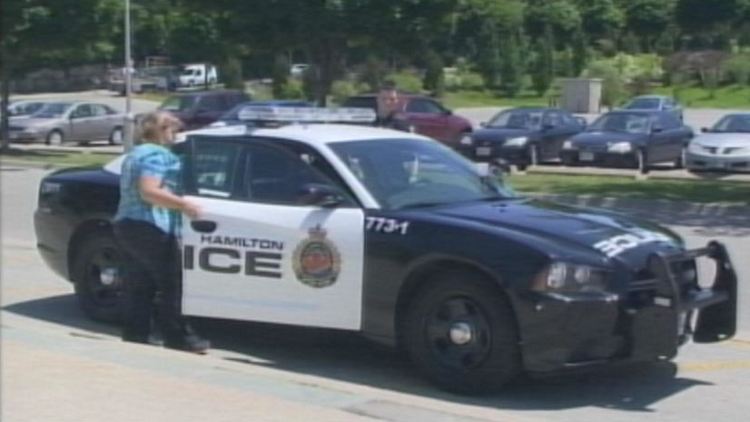
LATEST STORIES:


The Hamilton police service is leading the way in how they respond to people in crisis. They’re taking part in a pilot project where police and mental health professionals now stand side by side on certain 911 calls. The mobile crisis rapid response team project began in November. It consists of a specially trained uniformed police officer and a mental health professional from St. Joseph’s Health Care working in the downtown core.
A suicidal man has just left the hospital without receiving treatment. The mobile crisis rapid response team is called in.
Bill Kapitanchuk, Mobile Crisis Rapid Response Team: “He had the IV still in his arm and there was a concern for his safety. We were able to find out where he lived and when we got there he was home. We brought him back to the hospital without incident.”
Sarah Burtenshaw, St. Joseph’s Healthcare: “We reassured him we were there to help him and keep him safe and told him he needed medical attention and that’s what we were going to make sure happened.”
This is exactly the type of call the Mobile Crisis Rapid Response Team was designed for. It’s the only one of it’s kind in Ontario. Sending a mental health worker out with a uniformed officer to 911 calls involving people who are in a crisis.
Glenn De Caire, Police Chief: “The thought process behind this is — if we can get the professionals that deal with more mental health issues on sight faster — then police officers, realizing their authorities are not required can go back to the road.”
The goal is to keep people out of hospital, although as in this case, it is sometimes unavoidable. Before the development of the moble crisis team, police would have had no other choice.
Prior to this our officers would go and we would aprehend someone under the Mental Health Act if they needed to be aprehended. With a mental health worker we are able to take those individuals that are in crisis and may not need to go to the hospital and get another type of service.
Sarah said: “The biggest thing I do is talk with them, find out what their situation is and try to be compassionate and supportive.”
And according to De Caire, that’s good for the community and the services bottom line: “In the last six months, the RRT has dealt with almost four hundred cases. And where we would aprehend people at a rate of 70 percent, we are seeing the new team actually apprehending at a rate of 26-27 percent — a reduction of 43 percent and every single one is getting proper care.”
And it has also meant police are not spending as much time with patients at hospital.
Chief De Caire: “For the first time in our history, the time officers spend transferring at hosptial is less than an hour.”
That translates into 578 hours of saved officer time. Other police services are starting to take note of this made in Hamilton solution, calling police here for the guidelines. Both St. Joes and the police service hope to make this a permanent program by 2015.